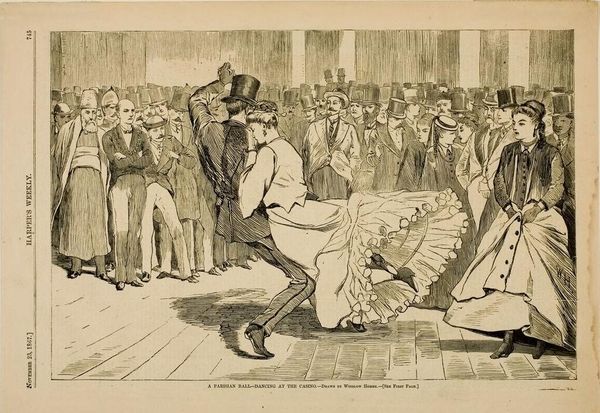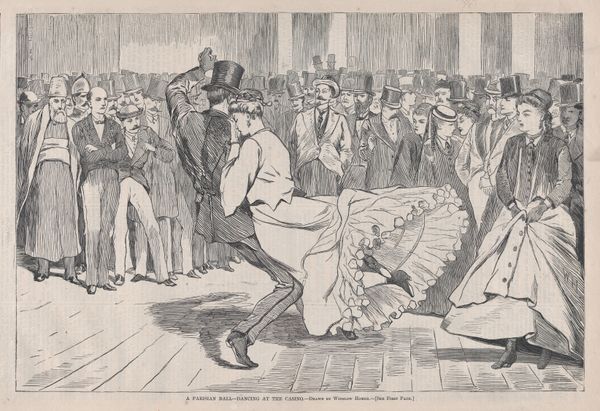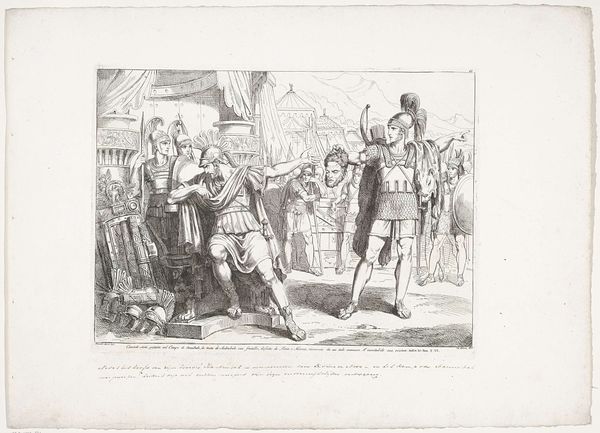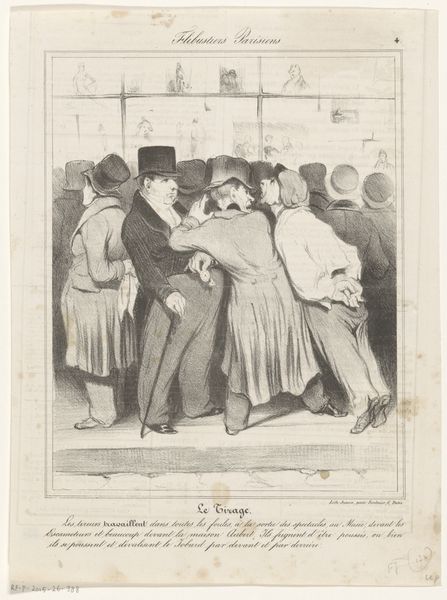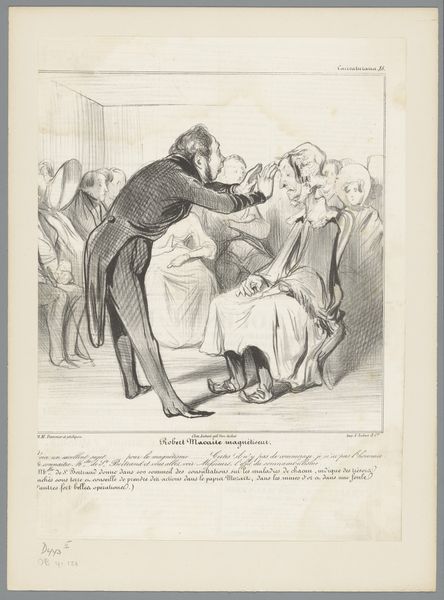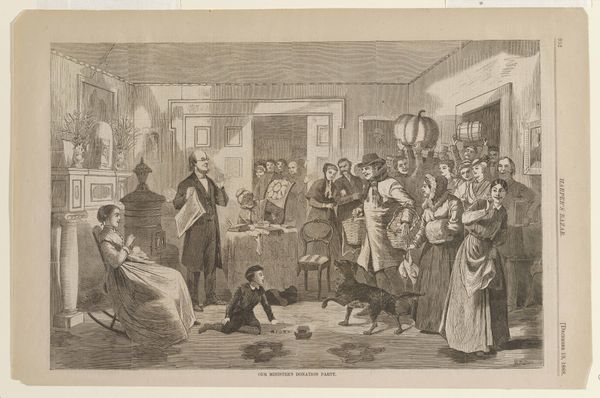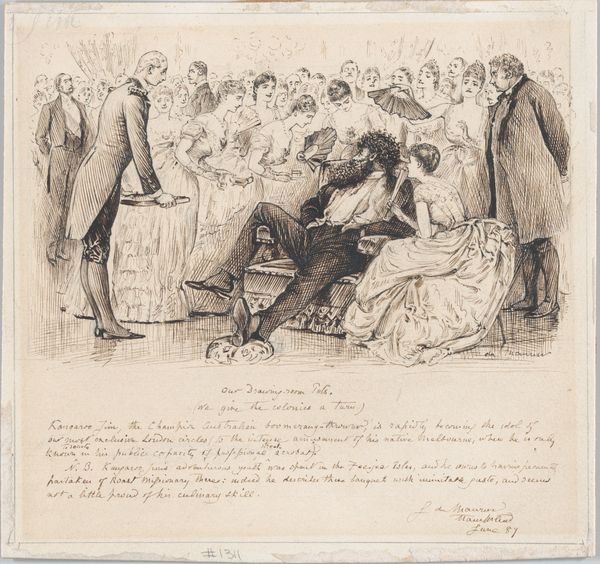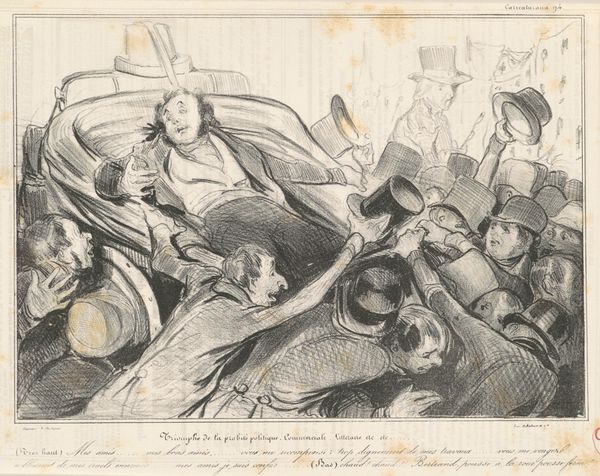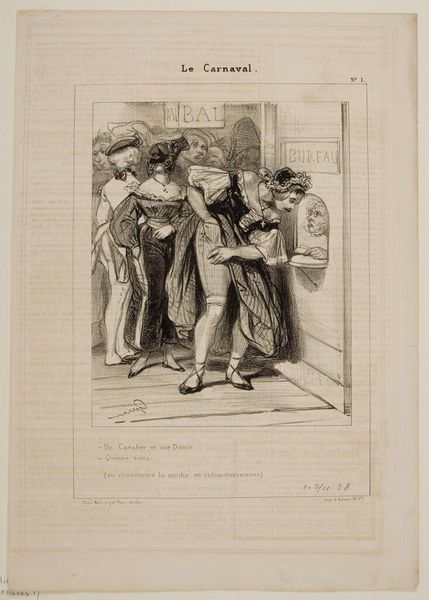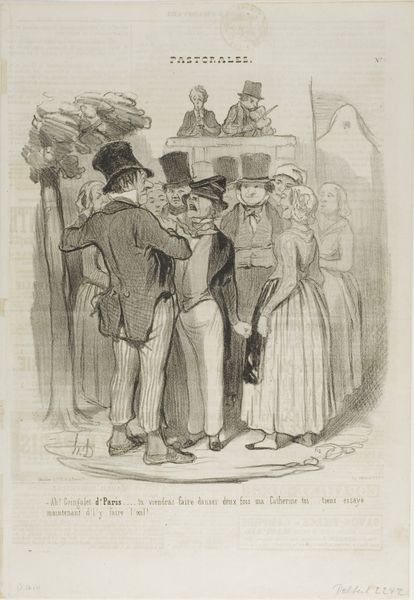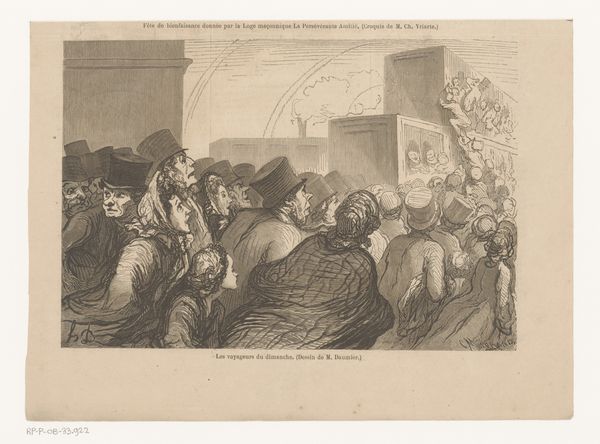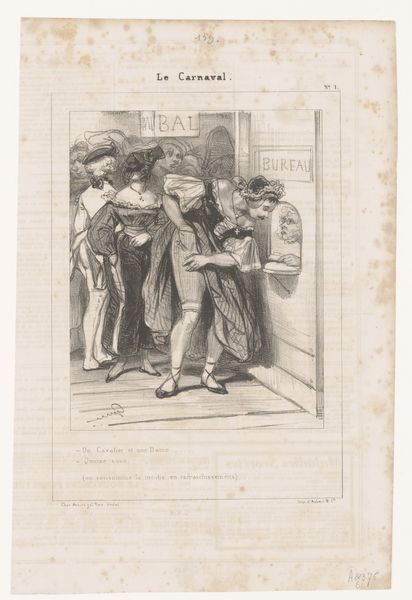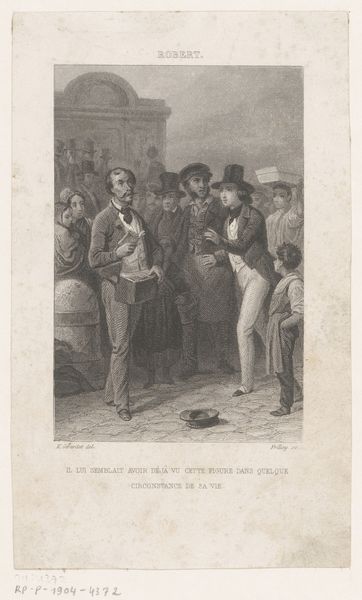
print, woodblock-print, woodcut, wood-engraving, engraving
#
narrative-art
# print
#
impressionism
#
ukiyo-e
#
folk-art
#
woodblock-print
#
woodcut
#
united-states
#
cityscape
#
genre-painting
#
wood-engraving
#
engraving
Dimensions: 9 3/16 x 13 3/4 in. (23.3 x 34.9 cm)
Copyright: Public Domain
Editor: This wood engraving from 1867 by Winslow Homer is titled "A Parisian Ball - Dancing at the Casino." There's so much going on! I’m drawn to the way Homer captures the energy and spectacle of this ballroom scene, but there’s also a feeling of social observation, maybe even a touch of satire. What do you see in this piece? Curator: I see a layering of cultural memory, a record of ritualized social interaction, coded in visual language. Consider the setting, a casino, a space already loaded with the symbolism of chance, risk, and reward. And then, the dance. The swirling skirts, the fixed gazes… What do these repeating visual elements evoke for you? Editor: It makes me think of codified interactions. Like, there are all these unspoken rules, about who dances with whom, who observes, who is being observed. It's like everyone's performing a role. Curator: Precisely. Look at how the men in the background are visually grouped; some are watching the dancers, while others are absorbed in their own conversations. The contrast between movement and stillness. Think of the ‘danse macabre’, or dances of death, that we find represented from the medieval period onward – skeletons dancing as allegorical figures that reference plague. Could Homer, even unconsciously, be drawing from a deep well of visual symbolism? What emotional weight might these associations have lent to this image for viewers in 1867, just after the American Civil War? Editor: I hadn't considered those connections. I see how Homer uses these repeated figures and motifs, like the hats or the rows of faces, almost like a visual shorthand for the whole of society. Curator: The visual symbols convey collective identities and shared cultural understanding. And the very act of viewing such an image reinforced social bonds within a readership. It makes one think about our own visual consumption today – do we share a similar sense of collective experience, or is it now fragmented? Editor: That’s fascinating! I came in thinking about Impressionism, but now I’m leaving with all these connections to historical and cultural symbols. Thanks for sharing your insight!
Comments
No comments
Be the first to comment and join the conversation on the ultimate creative platform.
